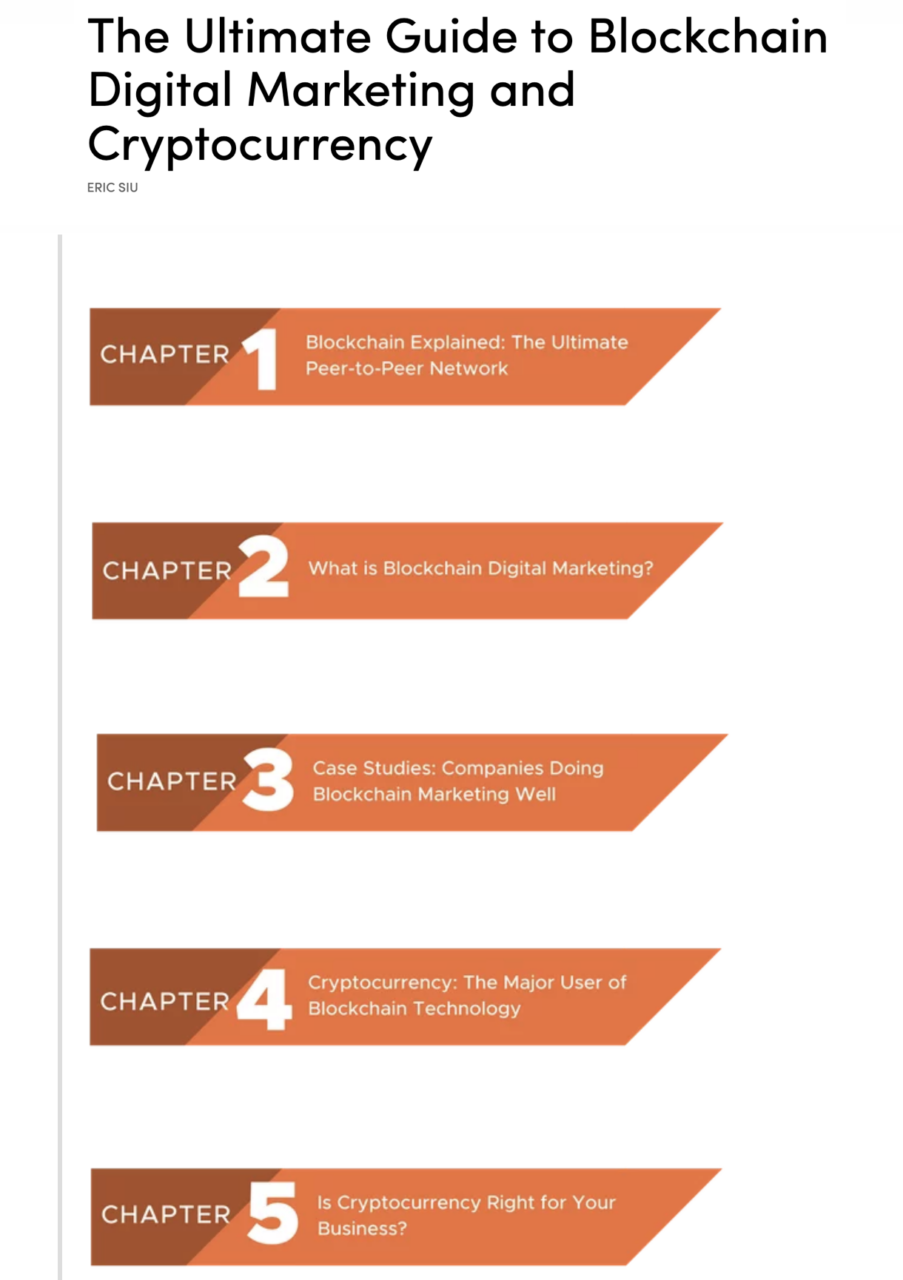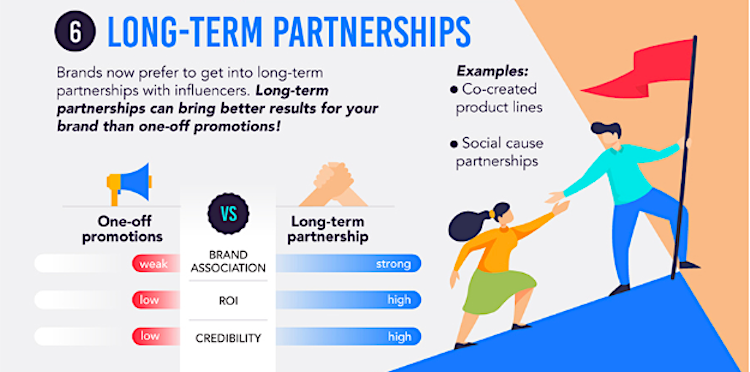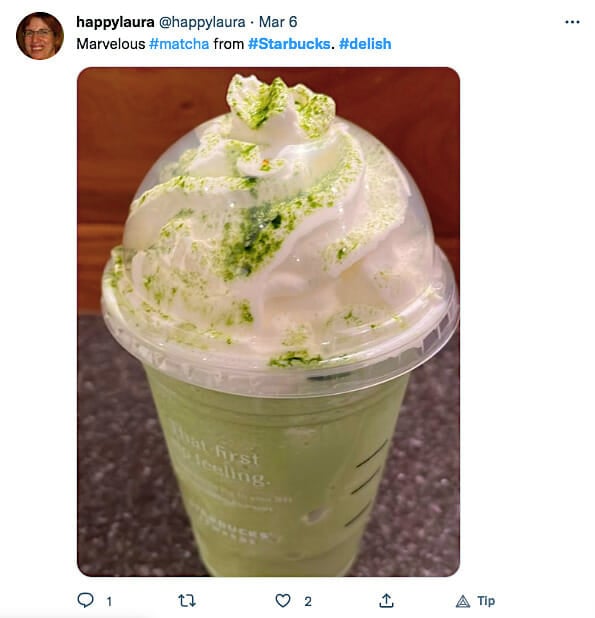The decline in organic reach and the impact of privacy changes on paid advertising have made it more difficult to achieve the same level of social media ROI as we have seen in the past.
However, there are effective actions you can take to overcome these obstacles and adapt your approach to get the most out of your social media presence.
In this blog post, we will explore two overarching strategies – influencer marketing and pillar content creation – to help you boost the value you can get out of social media.
Challenges that Pervade Social Media ROI
With the ever-increasing competition and changing algorithms, organic reach on social media platforms has seen a significant decline. This presents a challenge for businesses seeking to maximize their social media ROI.
The advent of privacy changes, such as those introduced by iOS and Android, has had a profound effect on paid advertising on social media platforms. The limited availability of user data has made it harder to achieve the same level of targeting precision as before.
Consequently, businesses need to explore alternative strategies to maintain and improve their social media ROI.
Read more about 3rd-party platforms: What These Twitter Updates Can Teach Us About Marketing
Create Pillar Content and Repurpose It
A powerful strategy to maximize your social media ROI is to create pillar content and remix it across various platforms.
Pillar content refers to comprehensive, in-depth pieces of content, such as long-form posts with chapters, podcast episodes or videos, that serve as the foundation for your marketing efforts:

By leveraging this content and repurposing it into shorter, bite-sized pieces for different platforms, you can reach a wider audience and extend the lifespan of your content.
Here are a few ideas of how to repurpose your content from one pillar post:
- Create a SlideShare presentation: Condense the key points and visuals from your blog post into a SlideShare presentation. Use bullet points, graphics, and compelling images to summarize the main ideas. SlideShare can be shared on various platforms, making your content more accessible and engaging.
- Convert it into a video: Transform your long-form blog post into a video format. You can create a narrated presentation using slides, record yourself discussing the main points, or even create an animated video. Videos tend to attract more attention and can be shared on platforms like YouTube, other social media, or embedded directly in your blog post.
- Craft an infographic: Extract the most important information, statistics, or steps from your blog post and create an infographic. Use visually appealing designs and illustrations to present the data in a concise and engaging manner. Infographics are highly shareable on social media and can attract new audiences.
- Develop an email series or newsletter: Break down the content of your pillar post into a series of shorter emails or newsletter editions. Each email can focus on a specific section or concept from the blog post and provide additional insights or related resources. This allows you to engage with your audience over time and repurpose the content for ongoing communication.
- Create a podcast episode: Convert your pillar post into an episode for a podcast. You can narrate the blog post, expand on certain points, provide additional examples or anecdotes, or discuss the topic with a colleague. Repurposing the content for a podcast allows you to reach a different audience and tap into the growing popularity of audio content.
Repurposing your pillar content for different platforms allows you to cater to the preferences and habits of diverse audiences.
Don’t Create. Curate.
Social media content doesn’t always have to be intentionally made for one platform at a time. A lot of trending content on social media is often excerpts of larger pieces of content (pillar content) that have been distilled down to an amount that is digestible for the platform in which it is placed.
For example, LinkedIn posts can range from short-form content to longer-form posts. Twitter, on the other hand, relies on being brief and to the point, although you can spread it out over a Twitter thread. Be sure to number them, though, to keep them organized and let people know there’s more than one tweet.
Recognize the bite-sized snippets of value you can extract from your existing content and repurpose it for different placements in a manner that is appropriate for each social media platform.

This is where your pillar content becomes vital, as it can be sliced up and spread among a variety of different social media platforms in a format that is trending on any given platform.
To give another example, participating in podcasts that have a strong YouTube presence can provide an opportunity to create pillar content. When you repackage that content into shorter videos or transition it for other platforms, you will amplify its reach and engage with audiences in different ways.
Additionally, identifying the most suitable platforms for your pillar content is crucial. If podcasting aligns with your brand, consider leveraging podcast recording studios, like those offered by Spotify, to attract influential guests and expand your reach. By strategically remixing and repurposing your content, you can maximize its impact and improve your overall social media ROI. Additionally, consider leveraging instagram management services to further enhance your social media strategy.
Influencer Marketing: Tapping into Engaged Audiences
With the rise of influencer culture, it has become crucial to tap into the power of individuals who have a dedicated following that aligns with your target audience. Influencers are the vessels through which you can deliver your pillar content.
Part of equipping your partnered influencers for success is by pointing them to your existing content and letting them iterate on it in their own way. When you partner with influencers in your industry, you can leverage their audience to promote your products or services and significantly increase your ROI from social media.
Choosing Your Influencers
To make the most of influencer marketing, it’s important to identify influencers within your niche. While it may be tempting to go after high-profile celebrities like the Kardashians, it is often more beneficial to collaborate with micro-influencers who have a dedicated and engaged audience related to your offerings.
Cadbury, for instance, partners with micro-influencers to promote their chocolate products and gain new customers:

When working with influencers, ensure that their promotion includes a click-through link to a landing page specifically designed for that collaboration. This creates a congruent messaging experience for the audience, emphasizing the benefits and value of your products or services.
Compared to traditional organic social media marketing or paid advertising, influencer marketing offers distinct advantages, such as:
- Authenticity and Trust: Influencers often have a loyal and engaged following who value their opinions and recommendations. When an influencer promotes a product or service, it feels more genuine and authentic compared to traditional advertising.
- Targeted Reach: Influencers specialize in specific niches or industries, and they attract followers who have a genuine interest in those areas. Unlike traditional advertising that may reach a broader but less focused audience, influencer marketing enables brands to connect with individuals who are more likely to be interested in their products or services.
- Creative Storytelling: Influencers are skilled content creators who know their audience’s preferences and how to engage them effectively. By partnering with influencers, brands can tap into their storytelling abilities to craft compelling narratives around their products or services.
- Enhanced Social Proof: When an influencer promotes a product or service, their audience perceives it as a personal endorsement. This endorsement can influence the audience’s perception of the brand and create a sense of social proof, as they see others they admire or trust using or recommending the brand.
While organic reach is declining and paid ads can be expensive and uncontrollable, influencer campaigns provide a more cost-effective approach. You have the opportunity to negotiate costs directly with influencers, especially during economic downturns, giving you greater control over your investment.
Enhancing ROI with Your Partnered Influencers’ Audiences
It’s crucial to adopt effective strategies tailored to your specific goals and target audience. This might include:
- Creating compelling and shareable content: Craft visually appealing and emotionally resonant content that captures the attention of your audience and motivates them to share it with others.
- Leveraging user-generated content: Tap into the creativity and loyalty of your audience by showcasing UGC, fostering a sense of community, and building trust through authentic user experiences.
- Utilizing targeted advertising campaigns: Strategically reach your ideal audience through precise ad targeting, ensuring your messages are delivered to the right people at the right time, increasing the effectiveness of your campaigns.
- Engaging in community management: Proactively interact with your social media community, responding to comments, addressing concerns, and fostering meaningful connections to build a loyal and engaged following.
If you implement a comprehensive approach and continuously adapt your strategies, you will have a greater chance of driving tangible business results through social media.
You will find that the influencers you partner with may be able to position your brand in a way you’d never thought of before, inspiring your audience in new ways to engage with your brand:

Leveraging Case Studies: Real-World Examples of Social Media ROI
Examining case studies that showcase successful social media ROI can provide valuable inspiration and insights. Analyzing how other businesses have effectively utilized influencer marketing in conjunction with pillar content utilization can offer practical guidance and help you identify actionable steps to implement in your own campaigns.
For instance, Social Pilot shows how Starbucks is a great case study in getting high ROI on social media. They’re aware of trends, they don’t over-saturate social media, and they make good use of user-generated content

Plus, they always respond to comments. Building rapport with your audience is the first rule of social media fight club. Starbucks regularly engages with their customers in the comment section of all their social platforms.
Calculating Social Media ROI: The Importance of Measurement
Measuring your social media ROI is critical for assessing the effectiveness of your efforts and identifying areas for improvement.
To determine the effectiveness of your social media marketing efforts, it’s essential to establish key metrics for measuring your ROI. Some metrics to consider include:
- click-through rates
- engagement levels
- conversions
- revenue generated from social media campaigns
By regularly analyzing these metrics, you can gain valuable insights into the performance of your strategies and make informed decisions for further optimization.
Establishing a clear framework for calculating your ROI, considering both monetary and non-monetary factors, allows you to accurately evaluate the impact of your social media activities on your overall business objectives. By consistently tracking and analyzing your ROI, you can make data-driven decisions and optimize your strategies for better results.
Dive Deeper: Social Media Marketing for Business Owners: How to Get Started in 2023
Last Word on Boosting Your Social Media ROI
Be proactive in measuring your ROI from social media by regularly analyzing the performance of your campaigns and affiliations with your influencer relationships. With a focus on measurement and adaptation, you can navigate the evolving social media landscape and unlock the full potential of your social media marketing efforts.
Remember, the key here is to leverage influencer marketing by partnering with individuals who have a dedicated following that aligns with your target audience. Strike a balance of providing your influencers with curated pillar content that they can use to share your brand’s offer or messaging.
So, take the first step today and start applying these tips to maximize your social media ROI.
If you’re ready to boost your ROI with social, Single Grain’s social media marketing experts can help!👇
Repurposed from our Marketing School podcast.






